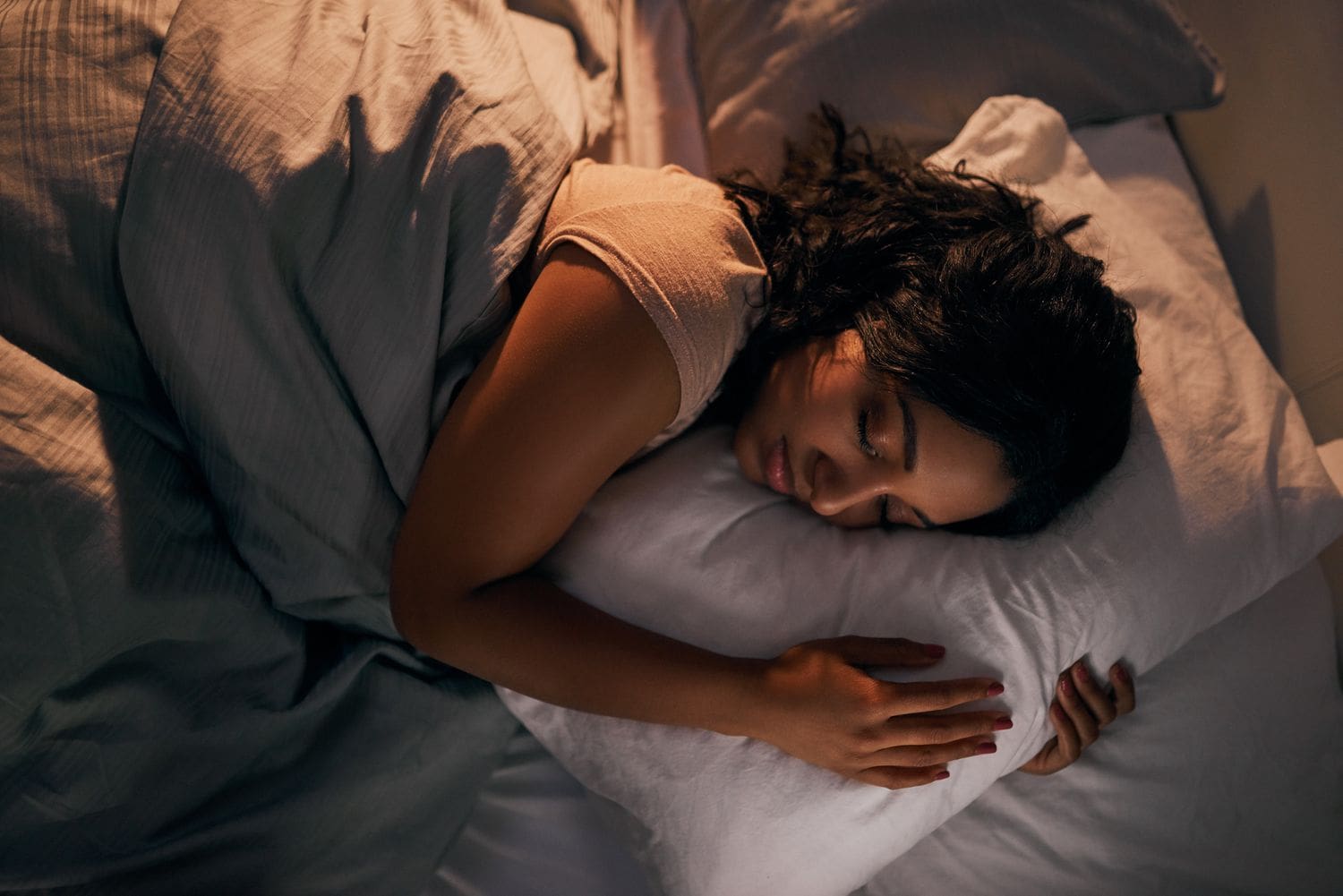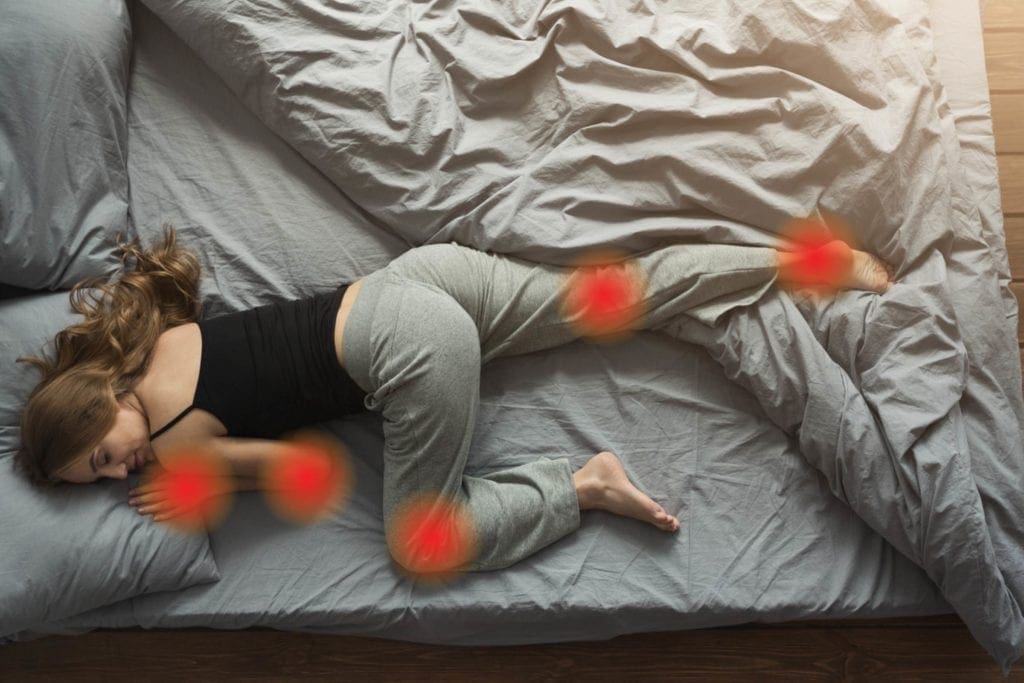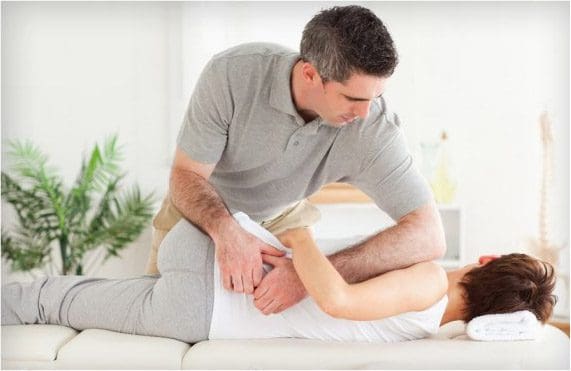Table of Contents
Introduction
The body needs a good amount of rest after being in motion throughout the day in the form of sleep. Whether the body has been doing errands, standing, running, or walking, many individuals need to rest for a few hours to promote muscle growth and mental recovery. To that point, a good hour and a half nap or a full 8-hours of sleep can do the body good. However, when environmental factors or traumatic accidents start to affect the body, it can lead to pain-like symptoms in the muscle groups that can disrupt the sleeping process and allow recovery to occur in the form of sleep. Fortunately, numerous treatment techniques and therapies restore the body and allow the musculoskeletal system to recover. Today’s article looks at how different sleeping positions correlate with the musculoskeletal system, how pain disorders affect a person’s sleep, and how the MET technique can provide better sleep. We provide valuable information about our patients to certified medical providers offering available therapy treatments like the MET technique for individuals dealing with poor sleep quality associated with musculoskeletal pain disorders. We encourage each patient appropriately by referring them to our associated medical providers based on their diagnosis results. We accept that education is a spectacular way when asking our providers the most crucial questions at the patient’s acknowledgment. Dr. Alex Jimenez, D.C., assesses this information as an educational service. Disclaimer
Sleeping Positions & The Musculoskeletal System
Have you been feeling muscle stiffness in certain areas of your body? Do you feel aches and pains in your low back when stretching? Or have you experienced headaches that seem to go away and come back after a nap? Many of these symptoms are associated with how your sleeping position affects your musculoskeletal system. Many of us have different sleeping positions to feel comfortable and get a full night of sleep. From sleeping on the sides (left or right), on the back, or the stomach, finding a comfortable position can make the musculoskeletal system feel weird. Research studies have revealed that different body postures and movements during sleep have been associated with sleep quality and numerous health outcomes. So if an adult sleeps on their back or side, it could correlate with how much sleep their musculoskeletal system is getting for their mental and physical health. According to Leon Chaitow, N.D., D.O. and Judith Walker DeLany, L.M.T book, “Clinical Application of Neuromuscular Techniques,” stated that recovery of a normal sleep pattern is extremely important for the musculoskeletal system as it provides tissue repair and allows the pituitary glands to release growth hormones in the body while sleep is taking place at night. However, the book also mentions that sleep patterns can be easily disturbed by numerous factors that cause distress and pain to the body affecting the sleep cycle.
Pain Disorders Affecting Sleep
When environmental factors begin to affect how the body functions, it can lead to numerous issues and complaints to the musculoskeletal system that can affect a person’s ability to function over time. It could affect the person’s posture as the muscles are being overstretched, causing issues with the body’s functionality. Studies reveal that different habitual sleep postures or musculoskeletal disorders throughout the day could cause compressive load and muscle contractions on the spinal tissues causing them to become tight and leading to correlating risk factors to the musculoskeletal system. Additionally, environmental risk factors associated with pain can cause muscle weakness and contribute to musculoskeletal problems and imbalances that cause the muscle tissues to become short and tense while changing motor regulation and performance. This means that any muscles that have been overused and injuries can cause pain to the ligaments and joints of the body, leading to musculoskeletal pain and injuries that can affect a person’s quality of sleep.
The Secret Of Unlocking Mobility- Video
Have you been dealing with aches and pains in your muscles? Do you have issues with low back pain? Or do you feel your muscles tense when waking up from a good night’s rest? A good night’s sleep benefits the body’s musculoskeletal system by promoting tissue repair and growth. Many people dealing with musculoskeletal problems could affect their sleep cycle, causing pain-like symptoms in their bodies. When environmental factors or injuries occur to the musculoskeletal system, it can affect how a person sleeps and cause the muscles to become short and tense, leading to injuries over time. Luckily, available treatments are utilized to restore the body and stretch out the tight muscles to promote healing and help the individual to sleep better. The video above informs how chiropractic care can restore the body through spinal manipulation and allow mobility back to the different muscle groups. Many chiropractors would use various techniques to stretch the affected muscles and realign spinal subluxation in the body to help many individuals go throughout their day and have a better sleep.
The MET Technique & Better Sleep
When it comes to having a good night’s sleep, many individuals will find ways to reduce the pain that their body is experiencing by trying to find solutions to get those beneficial 8 hours. Studies reveal that sleep posture has been associated with sleep quality; it is important to identify the factors that could adversely affect a person’s ability to maintain sleep and reduce musculoskeletal issues. Treatments like chiropractic care combined with techniques like the MET (muscle energy technique) can help restore the body through spinal manipulation and stretching of soft muscle tissue when dealing with poor sleep and musculoskeletal problems. Studies reveal that the MET technique, combined with other treatments like chiropractic care, can help restore the range of motion to the joints while stretching weak and short muscles affected by musculoskeletal disorders. These combined techniques can relieve the body from pain and help many individuals sleep better while being aware of their bodies when sleeping to prevent future injuries or pain from reoccurring.
Conclusion
Knowing how you sleep and your position is important when it comes to having a better night’s sleep. Many factors are layered on top of one another that can affect the musculoskeletal system and cause the muscles to be tensed and short, which can lead to dysfunction and cause sleep issues. But with the combination of the MET technique and chiropractic treatment, many individuals can get their bodies restored and have a better night’s sleep without feeling muscle pain when waking up.
References
Cary, Doug, et al. “Examining Relationships between Sleep Posture, Waking Spinal Symptoms and Quality of Sleep: A Cross Sectional Study.” PloS One, U.S. National Library of Medicine, 30 Nov. 2021, www.ncbi.nlm.nih.gov/pmc/articles/PMC8631621/.
Cary, Doug, et al. “Identifying Relationships between Sleep Posture and Non-Specific Spinal Symptoms in Adults: A Scoping Review.” BMJ Open, U.S. National Library of Medicine, 28 June 2019, www.ncbi.nlm.nih.gov/pmc/articles/PMC6609073/.
Chaitow, Leon, and Judith Walker DeLany. Clinical Application of Neuromuscular Techniques. Churchill Livingstone, 2002.
Skarpsno, Eivind Schjelderup, et al. “Sleep Positions and Nocturnal Body Movements Based on Free-Living Accelerometer Recordings: Association with Demographics, Lifestyle, and Insomnia Symptoms.” Nature and Science of Sleep, U.S. National Library of Medicine, 1 Nov. 2017, www.ncbi.nlm.nih.gov/pmc/articles/PMC5677378/.
Wendt, Michał, and Małgorzata Waszak. “Evaluation of the Combination of Muscle Energy Technique and Trigger Point Therapy in Asymptomatic Individuals with a Latent Trigger Point.” International Journal of Environmental Research and Public Health, U.S. National Library of Medicine, 14 Nov. 2020, www.ncbi.nlm.nih.gov/pmc/articles/PMC7696776/.
Disclaimer
Post Disclaimer
Professional Scope of Practice *
The information herein on "Incorporating The MET Technique For Better Sleep" is not intended to replace a one-on-one relationship with a qualified health care professional or licensed physician and is not medical advice. We encourage you to make healthcare decisions based on your research and partnership with a qualified healthcare professional.
Blog Information & Scope Discussions
Our information scope is limited to Chiropractic, musculoskeletal, physical medicines, wellness, contributing etiological viscerosomatic disturbances within clinical presentations, associated somatovisceral reflex clinical dynamics, subluxation complexes, sensitive health issues, and/or functional medicine articles, topics, and discussions.
We provide and present clinical collaboration with specialists from various disciplines. Each specialist is governed by their professional scope of practice and their jurisdiction of licensure. We use functional health & wellness protocols to treat and support care for the injuries or disorders of the musculoskeletal system.
Our videos, posts, topics, subjects, and insights cover clinical matters, issues, and topics that relate to and directly or indirectly support our clinical scope of practice.*
Our office has reasonably attempted to provide supportive citations and has identified the relevant research study or studies supporting our posts. We provide copies of supporting research studies available to regulatory boards and the public upon request.
We understand that we cover matters that require an additional explanation of how it may assist in a particular care plan or treatment protocol; therefore, to further discuss the subject matter above, please feel free to ask Dr. Alex Jimenez, DC, or contact us at 915-850-0900.
We are here to help you and your family.
Blessings
Dr. Alex Jimenez DC, MSACP, RN*, CCST, IFMCP*, CIFM*, ATN*
email: coach@elpasofunctionalmedicine.com
Licensed as a Doctor of Chiropractic (DC) in Texas & New Mexico*
Texas DC License # TX5807, New Mexico DC License # NM-DC2182
Licensed as a Registered Nurse (RN*) in Florida
Florida License RN License # RN9617241 (Control No. 3558029)
License Compact Status: Multi-State License: Authorized to Practice in 40 States*
Presently Matriculated: ICHS: MSN* FNP (Family Nurse Practitioner Program)
Dr. Alex Jimenez DC, MSACP, RN* CIFM*, IFMCP*, ATN*, CCST
My Digital Business Card




